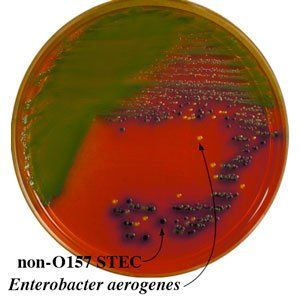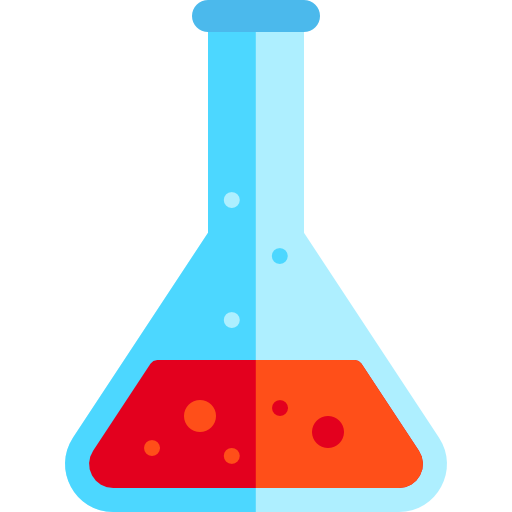R & F® non-O157 STEC Chromogenic Plating Medium
Request a Quote


Colony Appearance

Mechanism

Industry Types

Advantages/Benefits
1. All of the non-O157 STEC strains have the same colony morphology eliminating confusion with serogroup type versus colony description.
2. To eliminate the false positives (generic E. coli and some Shigella strains) from the 6 major non-O157 serogroups, use a simple latex agglutination test.
3. Additional non-O157 STEC serogroups will have the same colony morphologies allowing this medium to be flexible for future STEC additions.
4. Highly selective/differential based on the β-glucuronidase reaction and 2 carbohydrate fermentations coupled with a pH indicator with a sensitivity of nearly 99% (69 non-O157 STEC strains tested).
5. Inhibits the growth of pseudomonad type bacteria which can be the dominate organism in aerobically refrigerated fresh meat.
6. Water insoluble chromogenic lattice prevents the colony color from diffusing into the agar making detection and enumeration much easier.
7. The shelf life of prepared plates remains stable for at least 60 days, stored in the dark at 2-8°C. One bottle of plating medium powder and one box of supplements will make approximately 330 plates.

Ordering Information
M-1750
R & F® non-O157 STEC Chromogenic Detection System (350 g Bottle of Powder & one Supplement Box – Makes 320-340 Plates)
M-1700
R & F® non-O157 STEC Chromogenic Plating Medium (350 g Bottle)
M-1710
R & F® non-O157 STEC Supplement for Plating Medium (1 Box)
M-1760
R & F® non-O157 STEC Chromogenic Prepared Plate (Minimum Order of 20 Plates – Shelf life is 60 Days)
